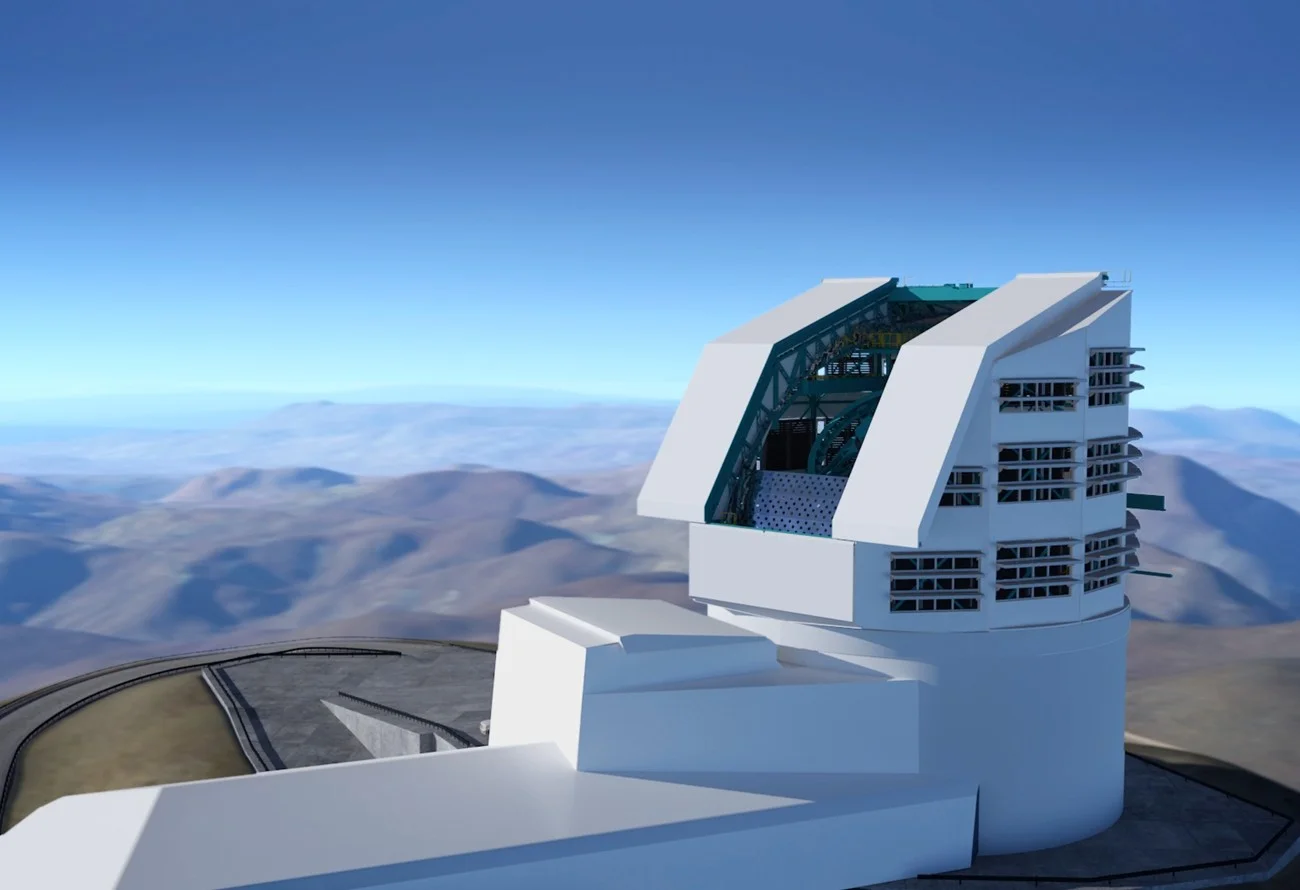Ground Instrumentation
Vera C. Rubin Observatory

8-metre telescope that will observe the whole sky every few days to study the Solar System, the Galaxy, and the structure of the Universe

The goal of the Vera C. Rubin Observatory is to carry out the Legacy Survey of Space and Time (LSST) project, a 10-year video survey of the Universe that will image every part of the visible southern sky (up to declination +30°) every few nights to produce astronomical catalogues thousands of times larger than have ever been collected before. This study aims to find answers to some of the most pressing questions about the structure and evolution of the Universe and its component objects.
The LSST is designed to address four distinct scientific areas: understanding dark matter and dark energy; inventorying hazardous asteroids and the remote solar system; exploring the transient optical sky, and mapping the Milky Way to determine its formation and structure.
To carry out the LSST, the 8.4-metre Simonyi Survey Telescope is being installed at the Vera C. Rubin Observatory (Chile). This is an optical imaging telescope with an exceptionally large field of view (3.5 square degrees per pointing, i.e. capable of scanning the entire sky in just three nights), which should be operational by the end of 2023. The telescope will be equipped with a 3.2 billion pixel camera and an impressive data management system (handling 20 Terabytes of data per night).
THE IEEC CONTRIBUTION
The IEEC scientists participate in the LSST project, in a BCN-MAD consortium with members from other research institutes. The contribution to the project is in the form of in-kind which includes:
(i) software development;
(ii) technical support for the commissioning of the telescope and the instrument;
(iii) development of software for the analysis of Large Scale Structure (LSS) data of the Universe and the estimation of photometric redshifts;
(iv) telescope time for spectroscopic follow-up of transient objects discovered by the LSST;
(v) storage and archiving in databases of the catalogues generated by the project.
They also hold positions of responsibility in the Dark Energy Science Collaboration (DESC) in committees such as the Speakers Bureau and the Publication Board, or leading working groups such as the Science Release and Validation working group.
